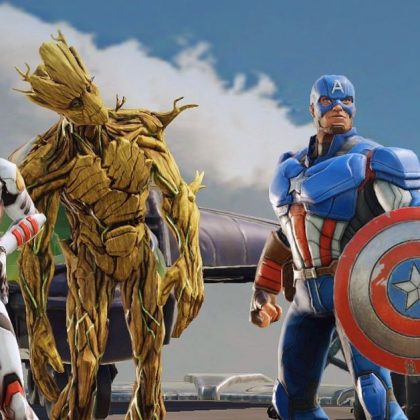It’s one of those rare treats; a genuinely funny video game. Its main protagonist is a mean-spirited goose whose anarchic activities scandalize a once-peaceful little town. The goose spends its time engaged in deep mischief, which generally means it sets up a series of pratfalls.
A nice gardener uses a hammer to bang a nail into a sign. The goose creeps up behind the gardener. At the crucial moment, the goose honks loudly. The man bangs his finger and falls through a gate. We laugh.
Playing the game reminds me of early comedy films from the likes of Charlie Chaplin and Laurel and Hardy, which I adore. Today, we tend to view slapstick as an unsophisticated, immature kind of comedy. But the early stars of film were working with jokes that were already familiar to their audiences, through vaudeville. Their genius was to refine and reframe the gags, so that they felt both new and, somehow, perfect.
When the goose pulls a chair from underneath a character who’s about to sit down, we’re seeing a joke that we’ve seen many times before. Most of the time, this is not a funny joke, partly because of its familiarity and partly because the “comedian” (say, your annoying uncle) has no comedic skill.
But the goose makes it funny all over again. My question to two of the developers, Stuart Gillespie-Cook and Nico Disseldorp, is … why?
“These are jokes that are told again and again,” replies Disseldorp. “We definitely knew that we were following along with those sorts of jokes. But it was never as specific as like, ‘oh, let’s watch a bunch of slapstick movies in slow motion and analyze how they work’. We were trying to establish a shared memory of these jokes, that come from many films, from the silent era up to today’s children’s films.”





